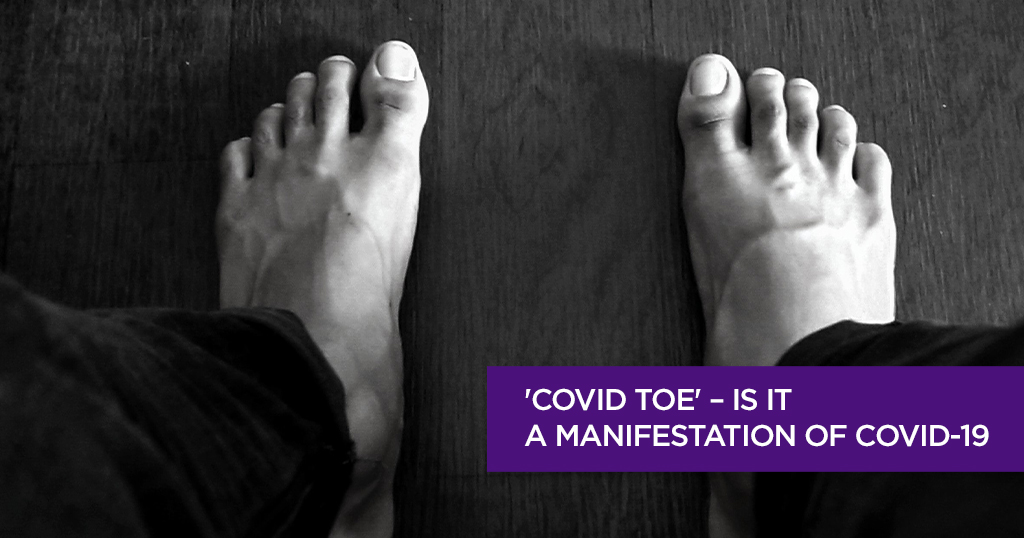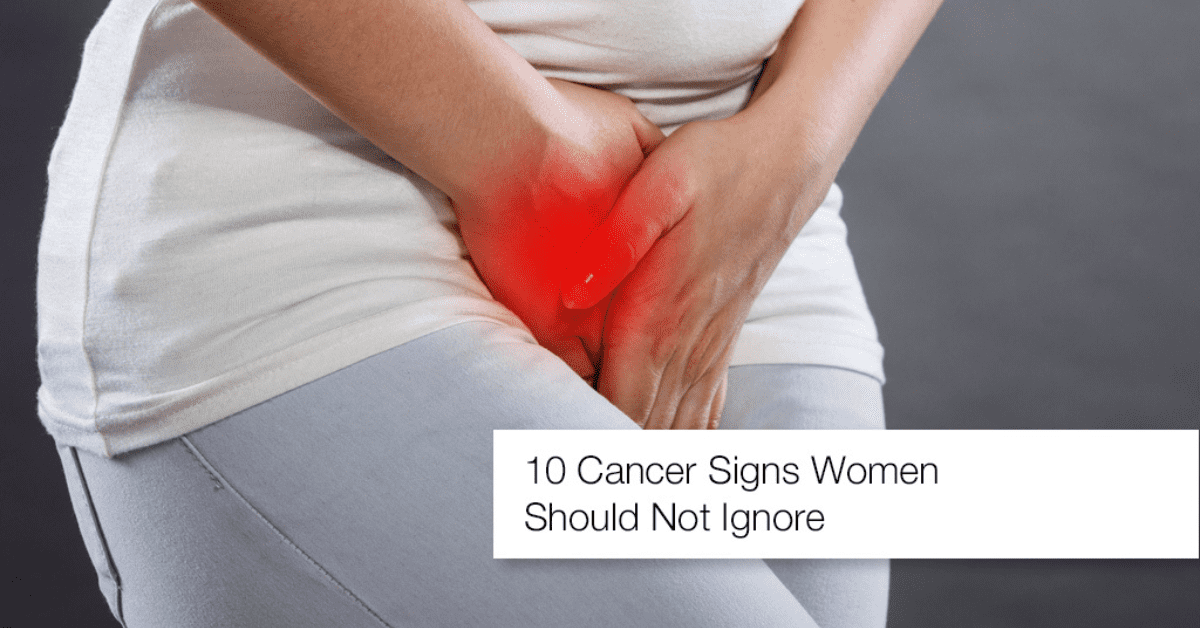Could not find what you are looking for?
- Health Library
- Osteoid Osteoma & Treatment Options
Osteoid Osteoma & Treatment options

An osteoid osteoma is a benign (noncancerous) bone tumor that usually develops in the long bones of the body such as the femur (thighbone) and tibia (shinbone). Although osteoid osteomas can cause pain and discomfort, they do not spread throughout the body. Osteoid osteomas can affect people of all ages but they occur more frequently in children and young adults.
Osteoid osteomas tend to be small—less than 1.5 cm in size—and they do not grow. They do, however, typically cause a large amount of reactive bone to form around them. They also make a new type of abnormal bone material called osteoid bone. This osteoid bone, along with the tumor cells, forms the nidus of the tumor, which is a clear spot seen on x-rays.
Osteoid osteomas may occur in any bone in the body, but are most often found in the bones of the leg. They are also found in the hands, fingers, and spine. Osteoid osteomas may occur at any age, most commonly between the ages of 4 and 25 years old. Males are affected approximately three times more often than females. Osteoid osteomas are benign (noncancerous). They do not spread throughout the rest of the body (metastasize).
The cause of osteoid osteomas is not known.
Symptoms
An osteoid osteoma causes a dull, aching pain that is moderate in intensity but can worsen and become severe— especially at night. The pain is not usually activity-related. In some cases, a person will suffer the aching bothersome pain of an osteoid osteoma for years before seeing a doctor for diagnosis.
Imaging Studies
X-rays. X-rays create clear pictures of dense structures such as bone and are helpful in diagnosing an osteoid osteoma. An x-ray of the painful area may reveal thickened bone surrounding a small central core of lower density—a distinctive characteristic of the tumor. Computed tomography (CT) scan. A CT scan provides a cross-sectional image of your bone and can also be helpful in evaluating the lesion. A CT scan will commonly show the nidus—or center of the tumor. Biopsy. A biopsy may be necessary to confirm the diagnosis of osteoid osteoma. In a biopsy, a tissue sample of the tumor is taken and examined under a microscope
Treatment
Medical management:
Most osteoid osteomas will disappear on their own over several years. For some people, over-the-counter nonsteroidal anti-inflammatory drugs (NSAIDs), such as aspirin, ibuprofen, and naproxen will provide pain relief.
Surgical Treatment:
Many patients, however, have painful symptoms that are not relieved by NSAIDs, or don’t want to wait years for the tumor to shrink. In these cases, a patient or family may wish to consider surgery. It does, however, carry risks including general anesthesia, infection, bleeding, and possible damage to surrounding tissues.
Radio Frequency Ablation:
A newer effective treatment option done on day care basis to remove the center core of the tumor with minimally invasive techniques such as CT-guided radio frequency ablation done under general anesthesia. In this outpatient procedure, the tumor is heated and destroyed with a high-frequency electrical current. A radio frequency probe is then inserted into the tumor. The probe heats the tumor tissues, effectively killing them. There is minimal damage to surrounding tissues. The tumor is adequately removed in most patients following one radio frequency probe treatment. The procedure takes approximately 2 hours followed by a 2-hour recovery period, after which you may go home with a mild pain reliever.
Recovery
The time to return to daily activities will vary depending on the procedure and the location of the tumor. In many cases patients return to work or school in a few days with some restrictions.

















